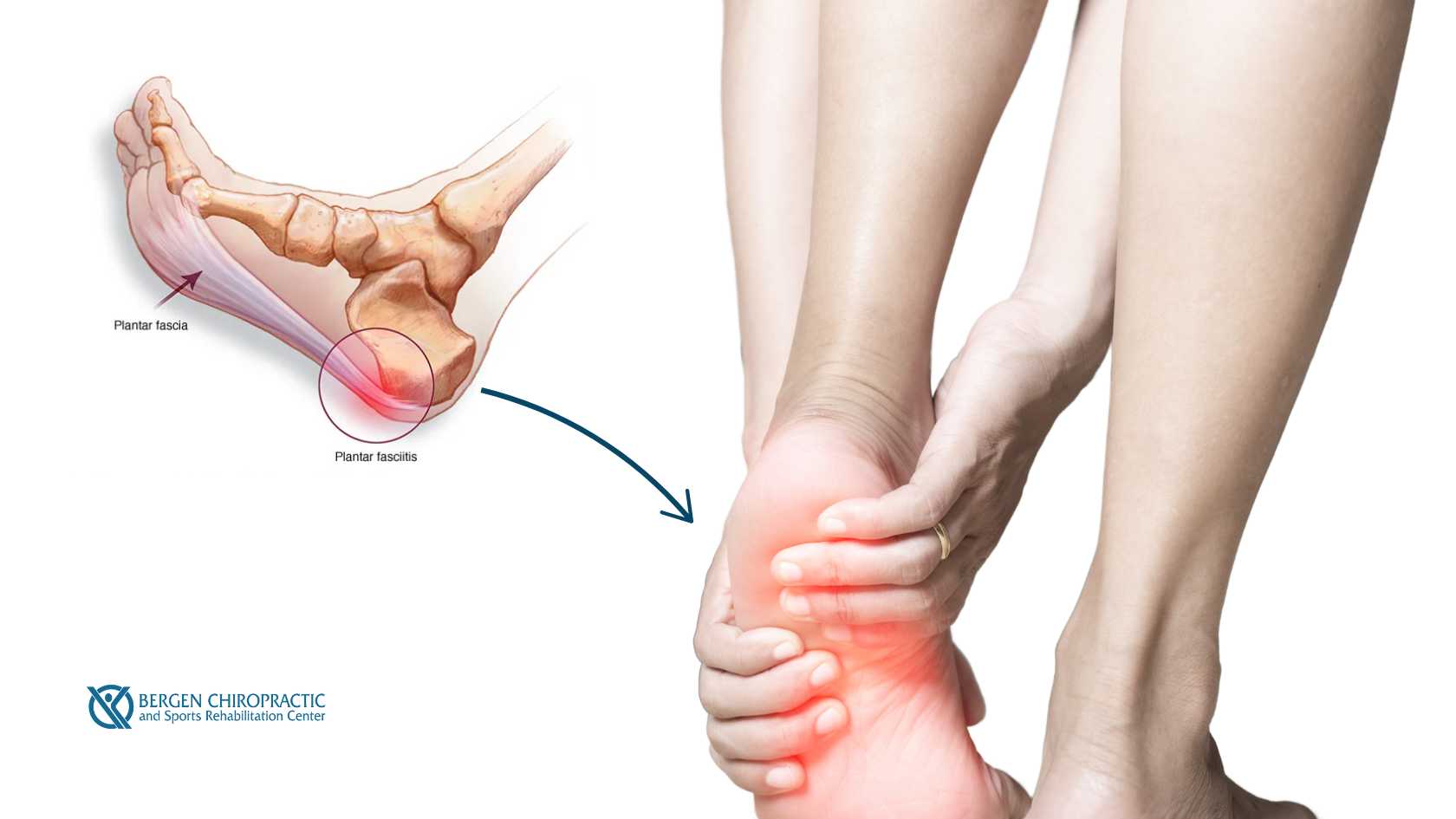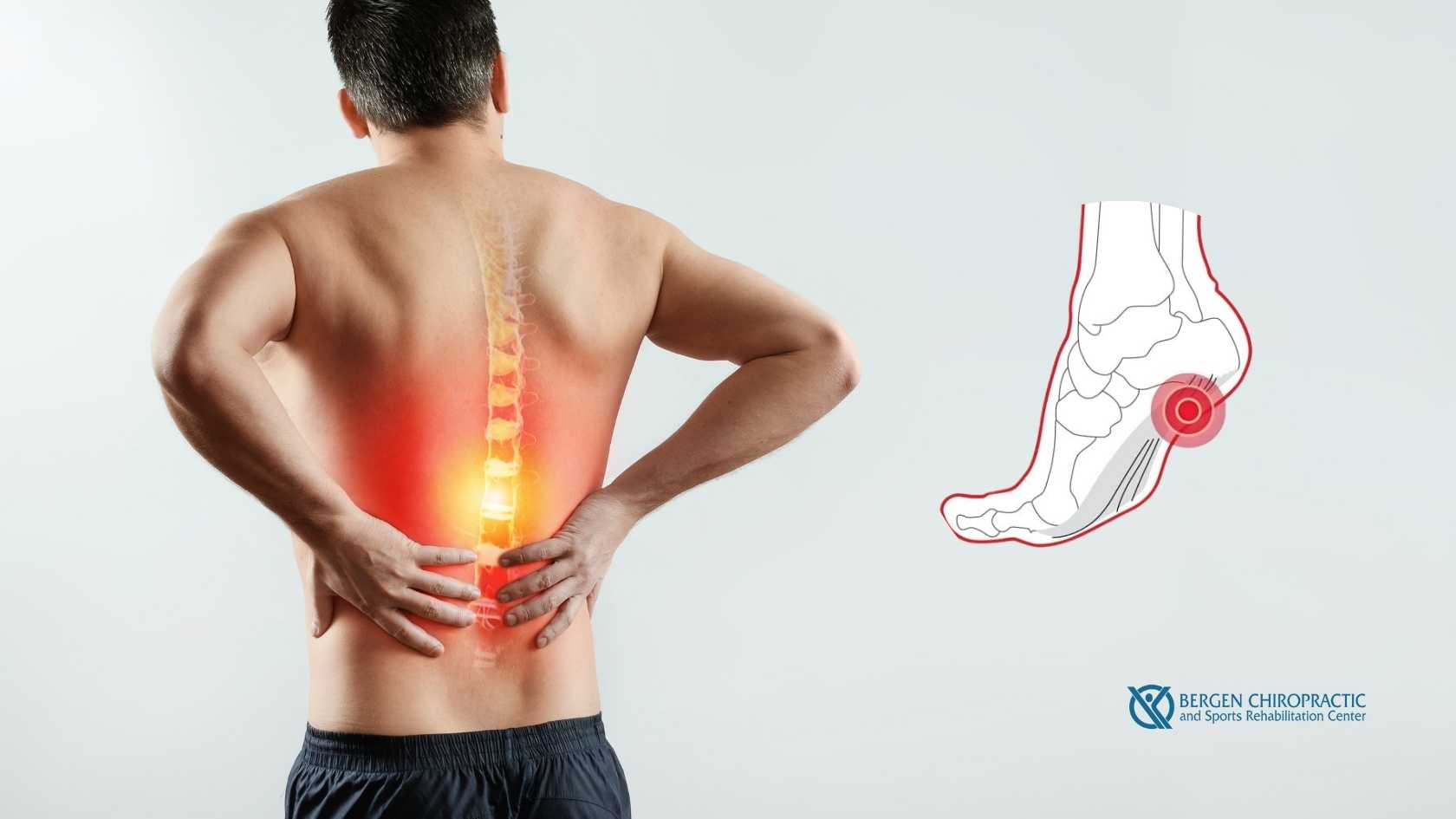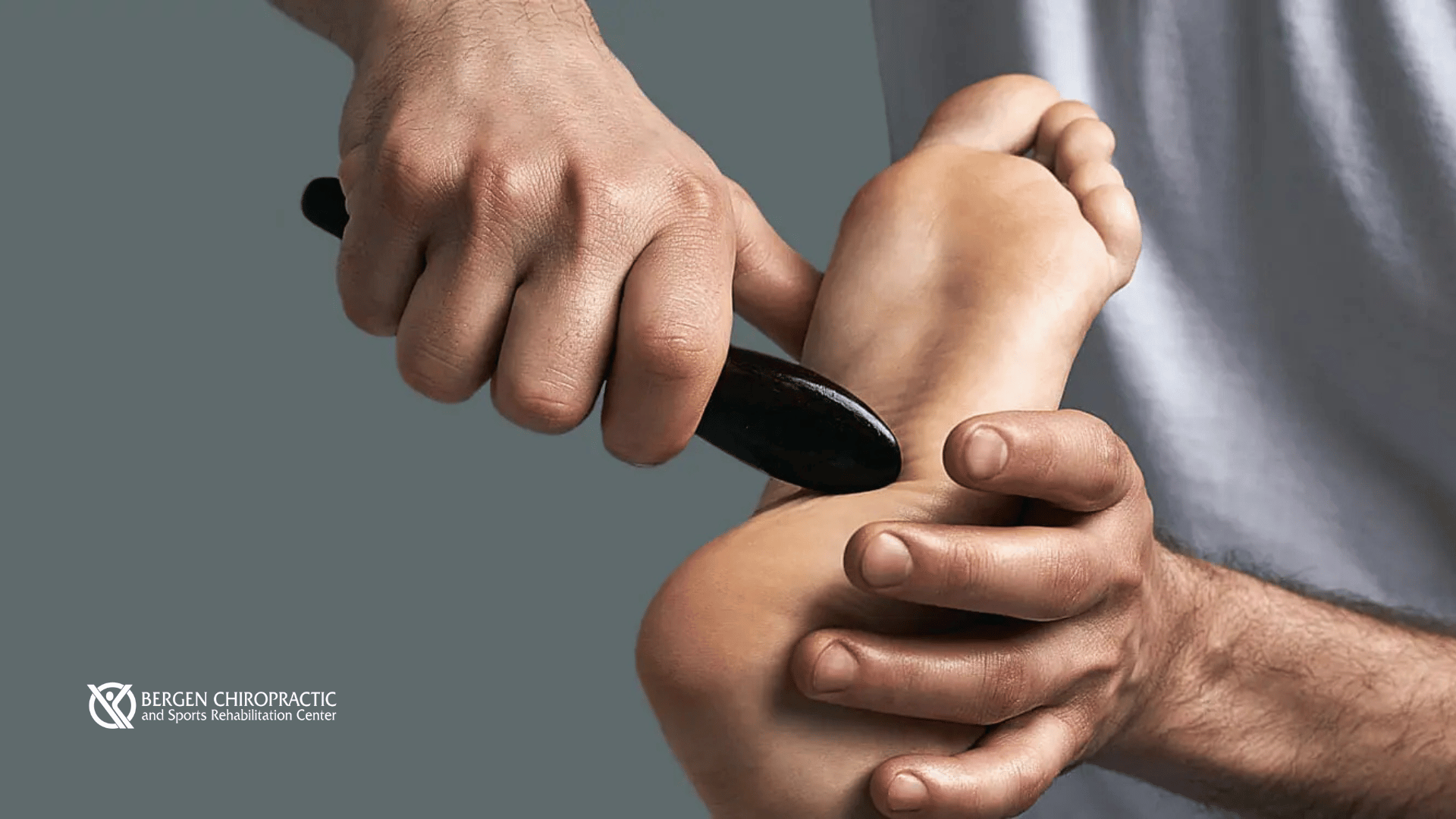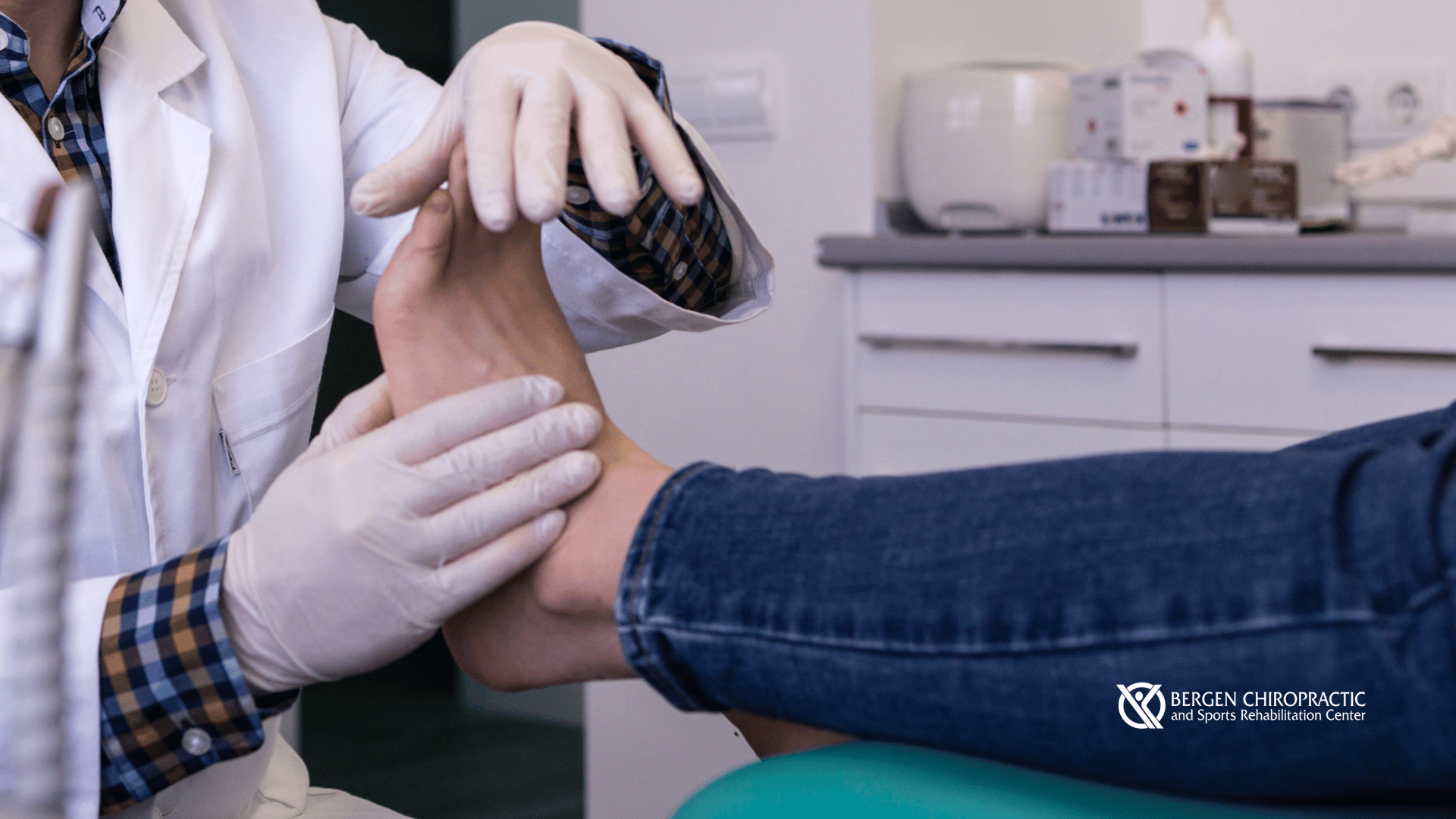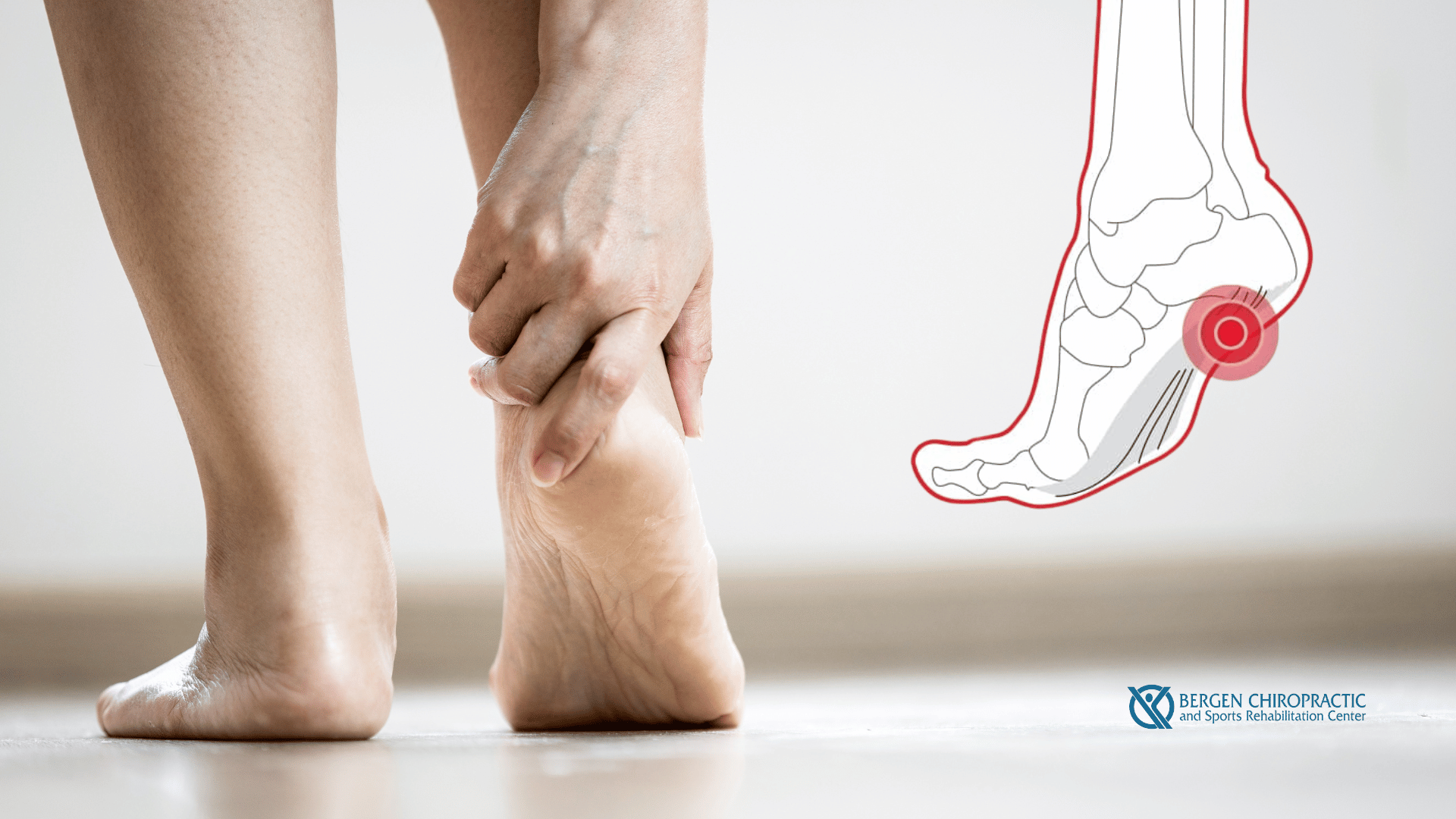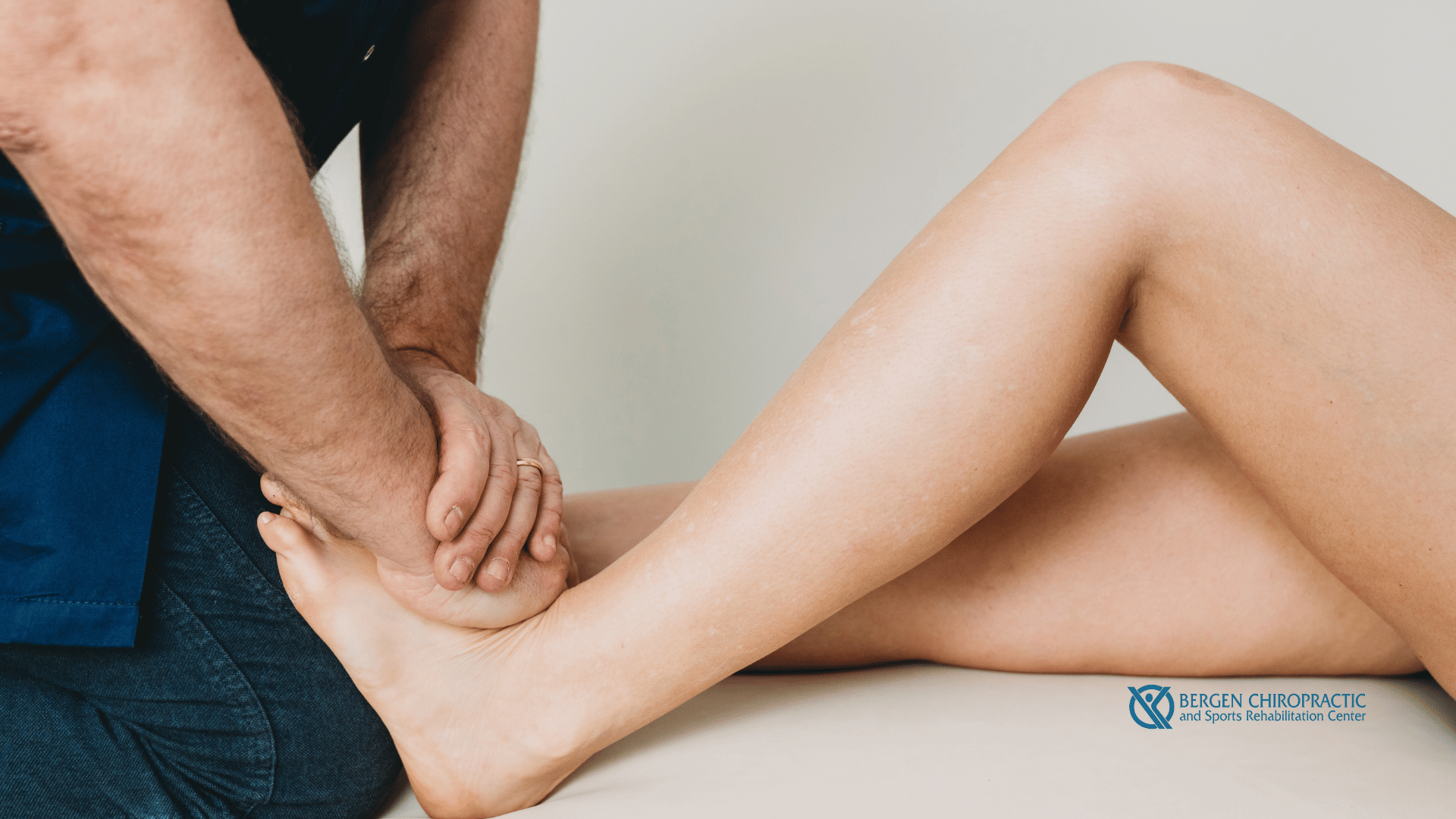Relieve springtime headaches with chiropractic care—learn how weather changes trigger pain and what treatments help restore balance and comfort.
Top 5 Health Issues Treated by Chiropractors in Hackensack and Cliffside Park, NJ
Learn the top five health issues chiropractors treat in Hackensack and Cliffside Park, NJ, from back pain to migraines, and how chiropractic care can help.
5 Exercises Your Chiropractor May Recommend for Plantar Fasciitis
Explore five effective exercises your chiropractor may recommend to alleviate plantar fasciitis and improve foot health.
Chronic vs. Acute Plantar Fasciitis: Tailoring Chiropractic Care for Your Condition
Learn the difference between chronic and acute plantar fasciitis and how tailored chiropractic care can effectively treat each condition.
Plantar Fasciitis and Posture: The Chiropractic Connection
Learn how plantar fasciitis and posture are connected and how chiropractic care can help relieve pain and improve alignment.
Elite Sports Chiropractic Care in Bergen County: Why Dr. Doerr and Dr. Doyle Lead the Field
Learn why Dr. Doerr and Dr. Doyle are the leading experts in elite sports chiropractic care in Bergen County, providing top-notch treatments for athletes.
Chiropractic Soft Tissue Techniques for Managing Plantar Fasciitis Pain
Explore chiropractic soft tissue techniques to manage plantar fasciitis pain, reduce inflammation, improve mobility, and support overall foot health.
From Pain to Progress: Understanding the Duration of Chiropractic Treatment for Plantar Fasciitis
Understand the timeline of chiropractic care for plantar fasciitis, from initial pain relief to long-term recovery, and what to expect during treatment.
Unmasking the Pain: A Guide to Plantar Fasciitis Diagnostic Techniques
Bergen Chiropractic offers insights into plantar fasciitis diagnostic techniques in Bergen County, NJ, highlighting effective methods to identify foot pain.
New Mom, New Steps: Chiropractic Care for Postpartum Plantar Fasciitis
Ease postpartum foot pain with chiropractic care tailored for new moms, addressing plantar fasciitis as you adjust to motherhood.




